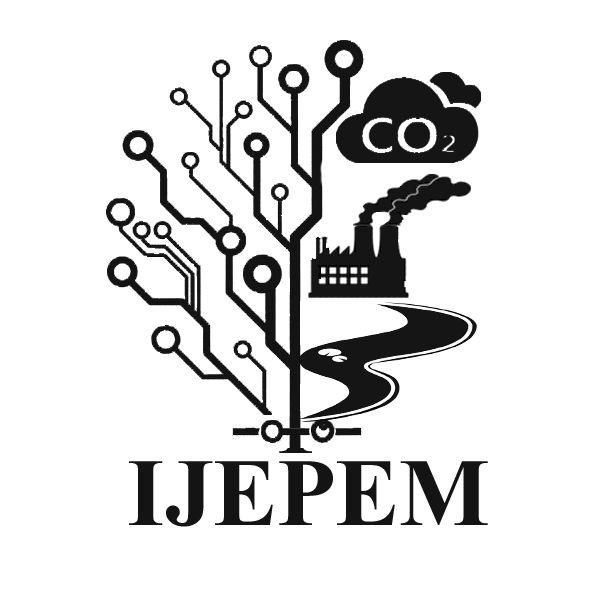
International Journal of Environmental Pollution and Environmental Modelling
Yazarlar: Alaa ZAGHLOUL, Mohamed SABER
Konular:Çevre Bilimleri
Anahtar Kelimeler:Remediation
Özet: Environmental pollution becomes an important paradigm in our society to reservation of the environment. Worldwide, concerns have been voiced about numerous soil and water contaminants. The concern comes from the fact that the magnification of very small amounts of these pollutants have resulted in adverse effects on bio-systems. The increasing use of heavy metal-contaminated sewage sludge as agricultural fertilizer, these elements may pass into the soil solution where plant uptake or leaching to groundwater can contaminate the food chain. Several cleanup methods have been investigated, which can be divided into two groups: those that remove contaminants and those that transform pollutants into harmless forms (immobilization) by fixation, oxidation, etc. These cleanup technologies can be applied on- or off-site, utilizing three kinds of remediation treatments: biological, physical, and chemical techniques. It is most convenient to divide them into three major categories: first, electro kinetic methods, second chemical methods such as solidification, precipitation, or ion exchange, and third, biological methods, which use plants or microorganism to remove heavy metals. In the past few years, innovative approaches such as passive treatment technologies for soil and groundwater contaminations have been developed. The following state of art introduces the various remediation technologies applied in contaminated soil systems with comments about the best of these technologies should be applied under Egyptian conditions to minimize their injures.